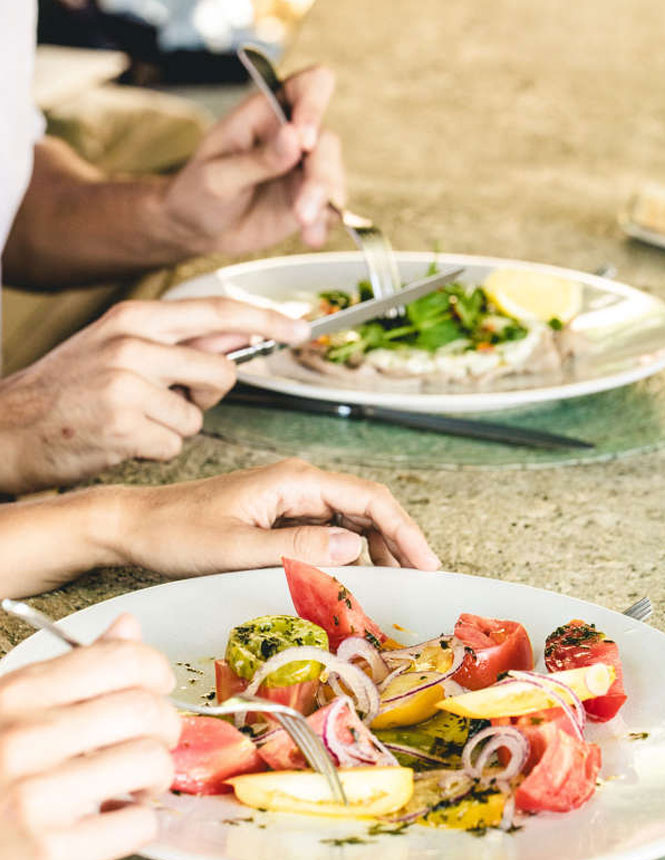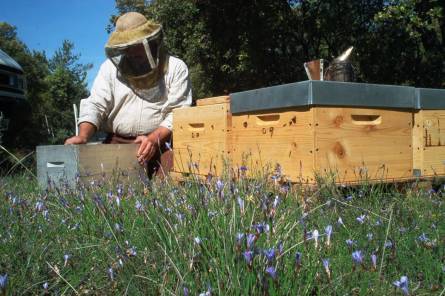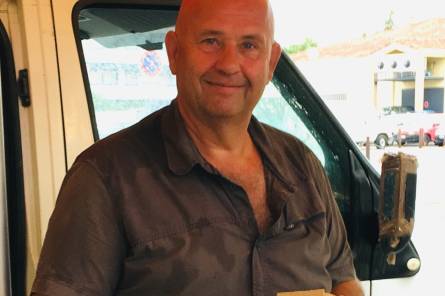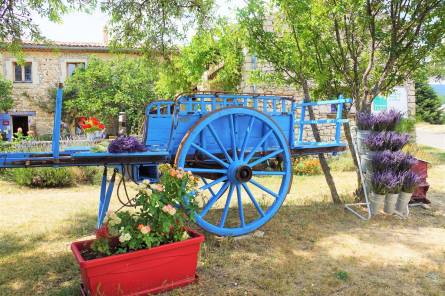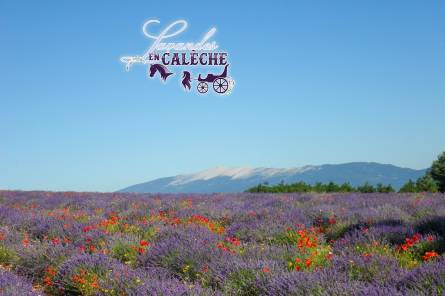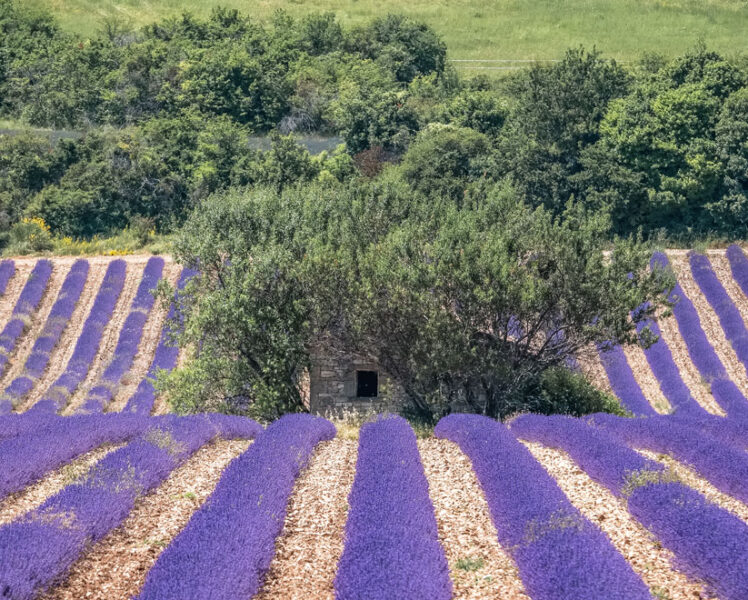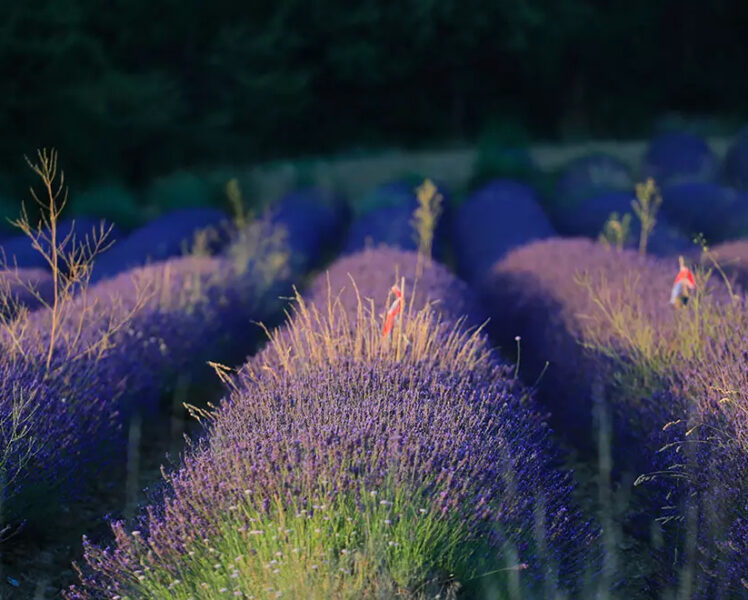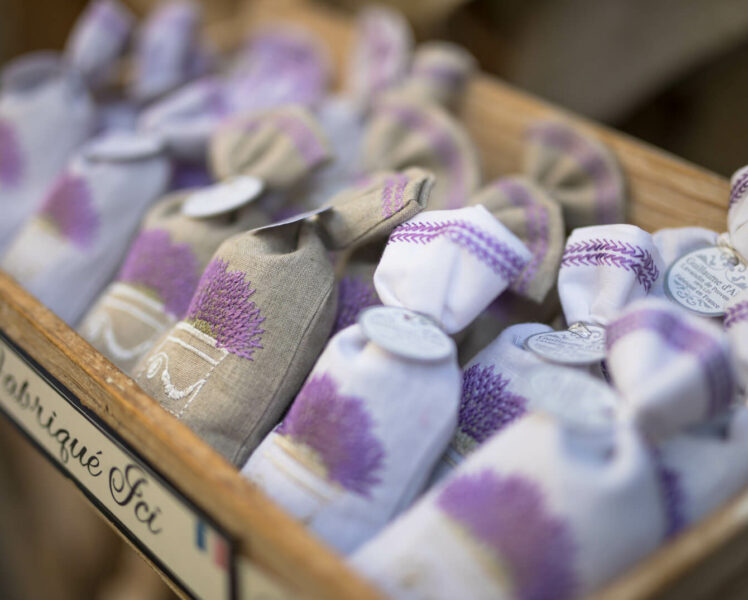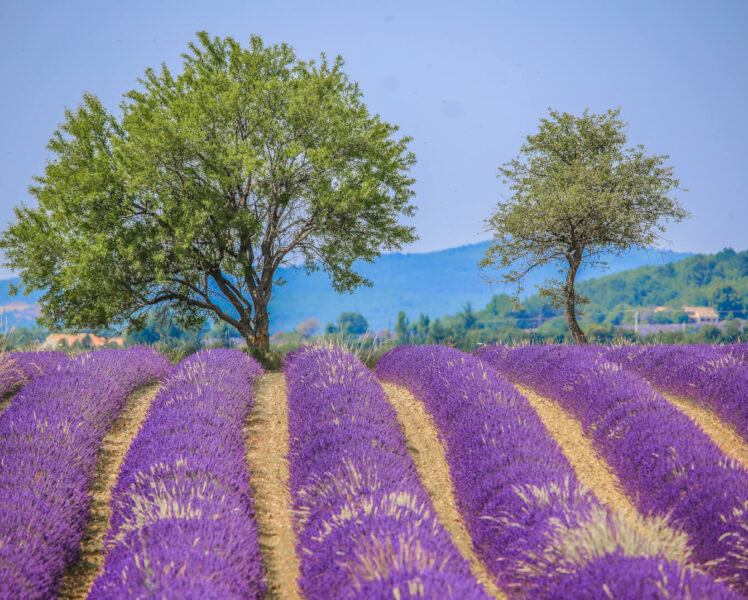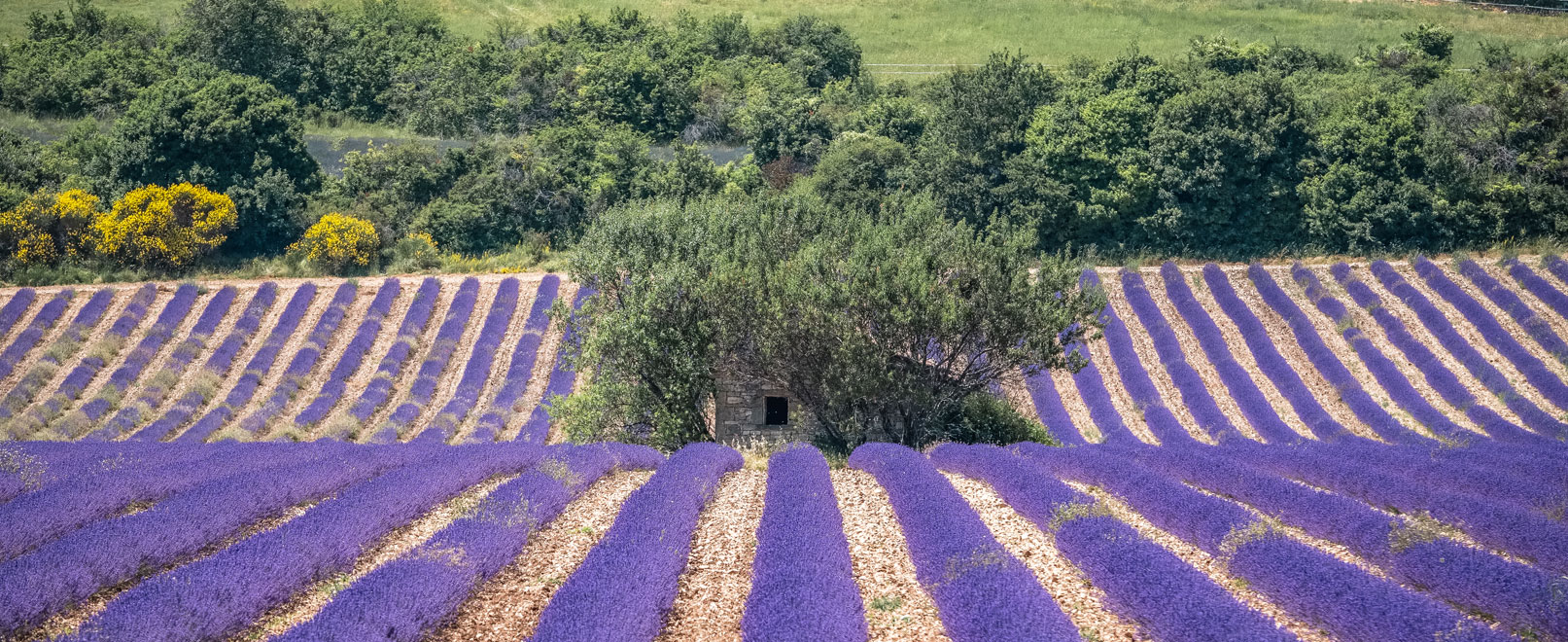
Lavender & lavender fields
The miracle flower of Provence
Deeply intertwined with the soul of Provence, lavender is the flower that colours the beautiful Vaucluse landscapes mauve. It is also the gentle fragrance that floats from Provençal market stalls in the early summer.
A romantic moment in the lavender fields
For some, it summons up childhood memories; for others, it’s the scent of holidays in the south of France. One thing’s for sure – lavender means something special to everyone.
Whilst products made from this blue-coloured gold are easily found in markets or shops, it’s a different experience entirely going to admire the flowers growing in the fields. And the least you can say is that the expanses of Provençal lavender are rather photogenic!
For a romantic outing, go at sunset. The setting sun casts a golden light onto the flowers… A truly unforgettable moment to share with your other half.

Good to know
The best time to see the lavender fields is between June and the beginning of August – it is at this moment that the lavender plants are really spectacular.
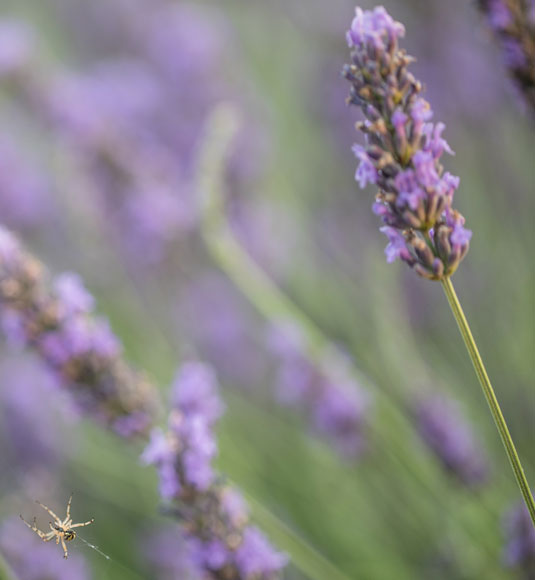
Good to know

Lavender season
Lavender flowers from mid-June to early August

Lavender fields are magnificent but delicate!
Out of respect for the work of lavender growers, and so others can also enjoy the beautiful scenery, take care not to trample on the flowers when taking photos!
The 1001 benefits of lavender
Since the Middle Ages, lavender has been used at every opportunity for its properties which are simultaneously sedative and anti-bacterial.
Against slight injuries and daily aches and pains, lavender really is the plant to have with you at all times!
Of course, you can place the famous little lavender bags in your cupboards to make your laundry smell nice, but not only that! As an infusion, it does miracles for insomnia. In the form of an essential oil, Provence lavender will become your best friend for low-intensity burns and shocks.

Do you know the difference between fine lavender, lavender aspic, and lavandin?
Fine lavender is the most delicate (and the most expensive) and is perfect for relaxing and unwinding.

Provence lavender: a sensory experience
“Lavender”. At the mere mention of the word, all our senses are awakened and we can already imagine the distinctive scent of this plant, so dear to the hearts of Provençals.
At the market, you can get a dried bouquet to give your home interiors a rustic look, or cosmetics that will without fail bring to mind the scent of Provence!
If you prefer to surprise your palate, dishes made from Provence lavender are also on offer. Honey, cordial, sweets, cake or even ice cream: the plant is available in many different forms.
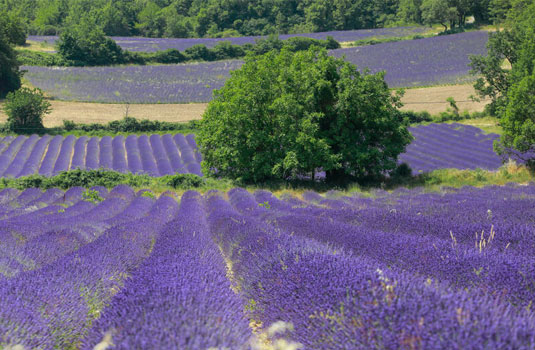

Expert advice
Restaurant Les Lavandes in Monieux regularly serves dishes made using lavender. We would highly recommend that you try the “parfait à la lavande” – a real delicacy!
